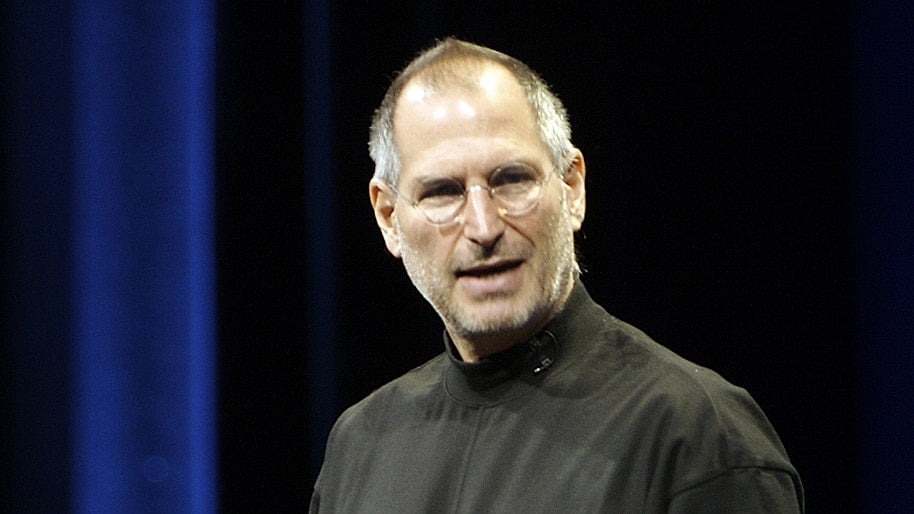- cross-posted to:
- technology@lemmy.world
- technology@lemmit.online
- cross-posted to:
- technology@lemmy.world
- technology@lemmit.online
• Steve Jobs faked full signal strength and swapped devices during the first iPhone demo due to fragile prototypes and bug-riddled software.
• Engineers got drunk during the presentation to calm their nerves.
• Despite the challenges, Jobs successfully completed the 90-minute demonstration without any noticeable issues.



Calling the stage units prototypes is being nice. The reality was that at that point the iPhone had barely gotten to a proof of concept stage. Months before this event, the developers were still using a giant desktop tower to simulate the phone’s hardware.
That the photos of the phone were real and not concept art, that the stage units weren’t just unusable rubber dummies was a magic trick itself.
When the developers revealed years later that the iPhone presentation (just the presentation, not even the actual launch) was a make or break moment for the company, they absolutely were not kidding.
And then they went from “should not even be working” test units to fully functional production units in six months!
Whatever your opinion of Jobs or Apple, credit where credit is due.
To the engineers.
Jobs: Ass
Apple: Ass
Engineers: overworked
deleted
This is marketing. Showing the phone as a working product ready to be shipped is a tactic to scare off the competition, demonstrate that you have the upper hand, and entice customers to buy it.
That is marketing in our capitalist system. I’m not saying it’s right, just that it’s a fact.
What competition? At that point it was BlackBerry and WinCE. Oh, and PalmPilot.
Android, Windows Phone (the “metro” rewrite from scratch - not the WinCE one), Palm WebOS, etc were all well and truly in development and close to launch and most of them were being developed in the open. Apple who was cutting corners everywhere to leapfrog those products. It took Apple just four years to go from initial planning to a shipping product.
Symbian was starting to look pretty good too — my last “feature” phone ran Symbian, and it was better than an iPhone in a lot of ways. For example it had an “app store” well before Apple did.
It was the ARM CPU that kicked it off. At the time even a shitty slow Intel CPU only got a third of a day battery life with a 100Wh battery. ARM had just worked out how to design a processor that could last all day on a 10Wh battery and with decent performance.
Apple was a founding partner of ARM - decades before iPhone, so they knew it was coming and what was on the roadmap. They also likely knew other phone companies were ramping up production taking advantage of the new generation of processors.
This is ranges from just misleading to factually wrong. WebOS, for example, didn’t launch until 2009, 2 years after the iPhone demo in question.
Windows Phone:
Android:
For ARM, I have to go with a “sort of?” Apple has been tied to ARM 80’s so that’s correct, but my phone prior to the first iPhone was one of these bad boys: the Palm Treo. It used a Intel PXA270 312 MHz. In my use, the Treo had better battery life, though admittedly that may just be because I rarely even tried to do things like use the internet on it because it was such a jank experience, so my primary use was planner types of things, texts, and since it was 2005-6, phone calls.
Anyway, back to the poster you responded to:
The actual timeline makes it pretty clear that this comment is almost objectively correct. However, even this is not correct because Apple didn’t set out to compete with what we considered “smartphones”:
Bold added for emphasis.
Or, you can hear it straight from the horse’s mouth: Jobs at the original iPhone keynote.
Anyway, I was alive for all of this, iPhone 10000% caught literally everyone flatfooted.
Android was still a year+ out at that time (first beta came out in Nov 2007, though). Thanks, I did forget Symbian. Thanks for the opportunity to dig through the rest, though.
Windows Phone seven was three years away from unveiling and nearly 4 from release.